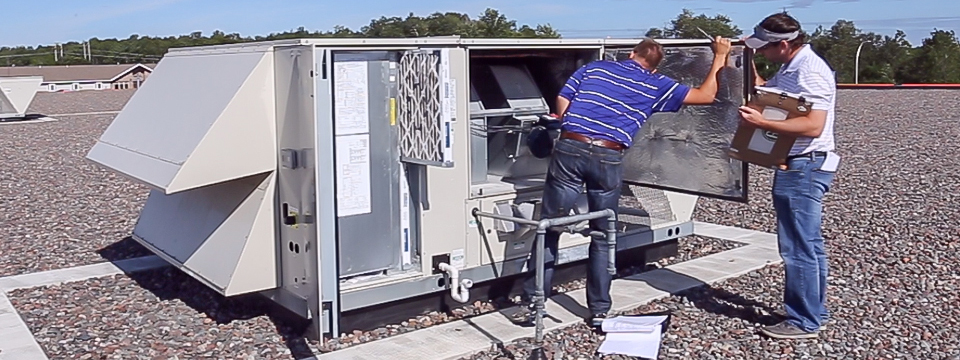Three Options for Energy Audits. How Much Money Will You Save?

An energy audit identifies ways to reduce energy costs.
Some solutions can be simple, relatively quick, and require a minimal investment (like occupancy sensors for lighting); others can be long-range and require an outlay of capital (like upgrading the heating and cooling systems to geothermal).
But what goes into an energy audit to get to those recommendations and solutions?
An energy audit can be as surface and simple or as in-depth and complex as you would like. But the first step is to look at your energy use. Reviewing your historic energy use and costs in comparison to data from other buildings of similar type, size, use, and location will help you determine if an energy audit is even needed.
ASHRAE, the American Society of Heating, Refrigerating and Air-Conditioning Engineers, has established guidelines for three levels of audit, each more comprehensive than the previous one:
Level 1: A walkthrough analysis that includes a brief on-site survey, recommendations for low-cost and no-cost Energy Conservation Measures (ECM), and identifies potential capital improvements that deserve consideration.
Level 2: A more detailed survey that incorporates a thorough breakdown of energy usage for the last 24–36 months. Presents ECMs with life-cycle costs and potential savings. A more thorough analysis of potential capital improvements.
Level 3: A rigorous engineering investigation that leads to a full, detailed analysis of potential capital-intensive projects. A complete cost versus savings calculation for recommended ECMs including paybacks.
The end result? Decreased operating costs, increased bottom lines, and a clear view of where you’re spending your energy.

Search Archives
Categories
Posts by Topic
- Staff News (98)
- Architecture (66)
- Funding (61)
- Civil Engineering (53)
- Education (48)
- Architectural Design (38)
- Engineering (37)
- Land Surveying (32)
- Surveying (26)
- Environmental (22)
- Commercial (21)
- Interior Design (18)
- Streets & Highways (17)
- Utilities (17)
- Water Resources Engineering (14)
- Industrial (13)
- Community (11)
- Cultural (11)
- Landscape Architecture (11)
- Sports & Recreation (11)
- Government (10)
- Aerial Mapping (8)
- Mechanical Engineering (8)
- GIS (7)
- Electrical Engineering (6)
- Structural Engineering (6)
- Senior Living (5)
- Transportation Engineering (5)
- Bridges (3)
- Site Design (3)
- Transmission & Distribution (3)
- Healthcare (2)
- Planning (2)
- manufacturing (1)
Recent Posts
-
May 06, 2024



